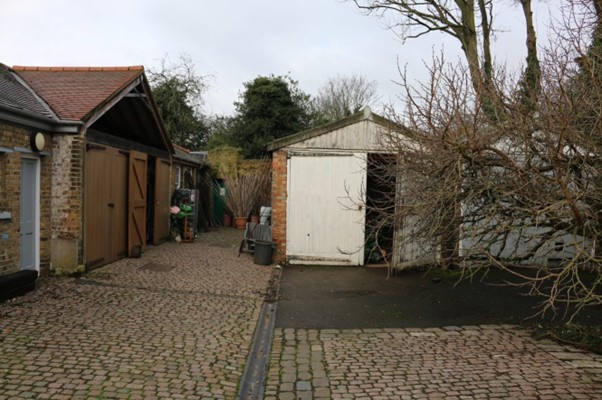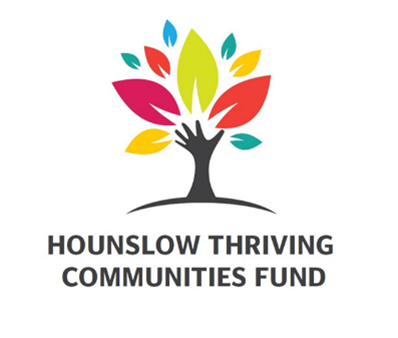We’re planning improvements to our spaces
In 2021 we were delighted to secure funding from the Architectural Heritage Fund – Culture Recovery Fund, funded by the Department for Digital, Culture, Media & Sport to put together a plan to develop our under-used service buildings and spaces. This activity aims to support our Ten Year Strategy For everyone – every day to create a more inclusive, diverse, and accessible visitor experience.
What are we planning?
We have commissioned initial work on the ideas for three exciting priority projects outlined in this plan. These projects seek to introduce new areas to improve access for the local community and school groups plus a brand-new cultural hub for designers and makers in our ‘back-of-house’ spaces. These projects are:
- A new education and learning centre with improved workspaces for our staff and volunteers.
- A community space with facilities based on users’ feedback.
- A creative campus of maker spaces in the former stable buildings, sheds and the current estate offices.

Why are we doing this?
Our mission is to conserve the historic, horticultural, and natural heritage of Chiswick House & Gardens for our visitors, to sustain and improve our biodiversity and to support our local community’s health and wellbeing.
The Covid-19 pandemic highlighted not only the vital importance of our gardens to our regular visitors, but also the needs of our wider community across the London Borough of Hounslow. Key issues include poor mental health and wellbeing; limited access to outdoor space, a lack of opportunities to learn about nature and low confidence to use our facilities.
Thanks to the Culture Recovery Fund we ran a pilot project with underrepresented and underserved community groups across the Borough. Applying what we learnt from this pilot, in June 2021 we developed and launched our community participation programme, thanks to a three-year grant from The Linbury Trust.
This work is already making an enormous impact on our local community. Over the last year we have engaged over 50 community groups and schools, run 16 community participation projects and successfully reached and engaged over 2,000 people.
We also consulted with representatives of our key stakeholder and local community groups, including the local authority and English Heritage, to gather perspectives on potential improvements to our facilities.
We know, from speaking to leaders of community groups and schools, that we have more demand than we can support, and that our facilities for learning and community activity are not currently fit-for-purpose. We need more space, and we want to open access to self-led groups, without the need for staff presence, out of office hours. We recognise that there are enormous opportunities for increased creativity on site.
Not only will these proposed projects benefit our community and provide learning and creative opportunities, but they will also generate much-needed income to help sustain the enormous costs associated with running the estate. This proposal also aims to support the long-term sustainability of our community and learning programme.

How will we do this?
There are significant under-used ‘back of house’ spaces located behind the Conservatory and near to the Kitchen Garden. These spaces are not currently in public use and present possible opportunities to house the proposed new facilities we would like to provide. These developments will also enhance our regular visitor experience.
With thanks to the support of Hounslow Thriving Communities fund, we are about to embark on a consultation with our staff, volunteers, existing and future community groups, schools and local designers and makers concerning the new spaces. Following on from this we will develop proposals that can then be shared with the public.
Once we have developed and tested the ideas that emerge from this process, we will kickstart the necessary fundraising required to realise these improvements.
How will we manage the disruption and impact of building works?
We will agree construction standards and a code of practice with the builders, sub-contractors, and suppliers to manage the impact on our estate, community, and environment.
We will protect visitors, public areas, our heritage landscape and the environment at large. Safety standards will be paramount, including agreed routes and times for construction traffic and supplies.
We will seek to minimise and actively monitor levels of noise, disruption, dust, debris and waste. These standards will be included in the request for tenders and subsequent contracts for construction.
When will it happen?
Our consultation will take place during summer 2022, and we hope to be able to share and engage more widely on proposals from September 2022.
Keep in touch
Please contact us with any comments or questions at info@chgt.org.uk. For all media enquiries please email marketing@chgt.org.uk.
If you would like to keep up to date with this exciting project as it progresses, you can sign up for our newsletter here.
Supported by

